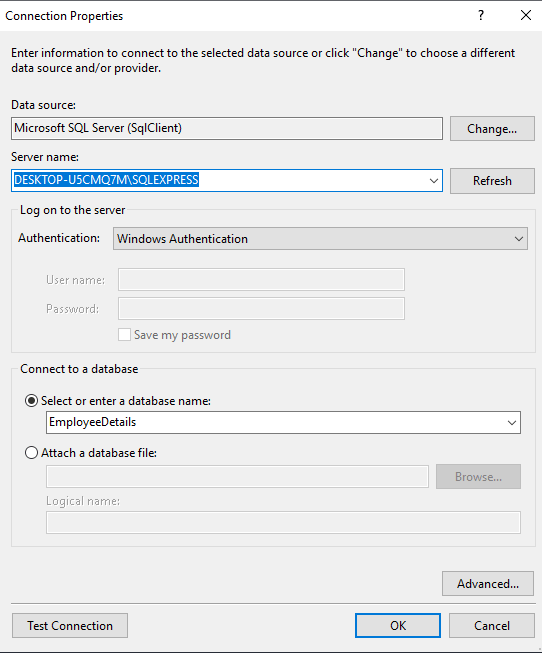

Notice that the last row returned stopped being active at 4:44:59 PM. This query brings back the following data: Historical data for Rainbow Dash:Įmployee Rainbow Dash was 'Ponyville weather patrol' from 4:38:58 PM to 4:40:29 PMĮmployee Rainbow Dash was 'Wonderbolt Trainee' from 4:40:29 PM to 4:41:59 PMĮmployee Rainbow Dash was 'Wonderbolt Reservist' from 4:41:59 PM to 4:43:29 PMĮmployee Rainbow Dash was 'Wonderbolt' from 4:43:29 PM to 4:44:59 PM This is used in the OrderBy clause to sort the data, and then in a projection to include these values in the returned data.

Notice how the EF.Property method can be used to access values from the period columns. For example, consider an Employee entity type: public class Employee When using EF Core to create the database, the new table will be configured as a temporal table with the SQL Server defaults for the timestamps and history table.

ToTable("Employees", b => b.IsTemporal()) The model builder can be used to configure a table as temporal. Restoring data from some point in the past.Transformation of existing tables into temporal tables, again using Migrations.The creation of temporal tables using Migrations.This allows historical data to be queried, such as for auditing, or restored, such as for recovery after accidental mutation or deletion. This is achieved by creating a parallel "history table" into which timestamped historical data is stored whenever a change is made to the main table. SQL Server temporal tables automatically keep track of all data ever stored in a table, even after that data has been updated or deleted.
#EF SELECT TO NEW DTO WITH ICOLLECTIONS CODE#
You can run and debug into the samples shown below by downloading the sample code from GitHub.


 0 kommentar(er)
0 kommentar(er)
